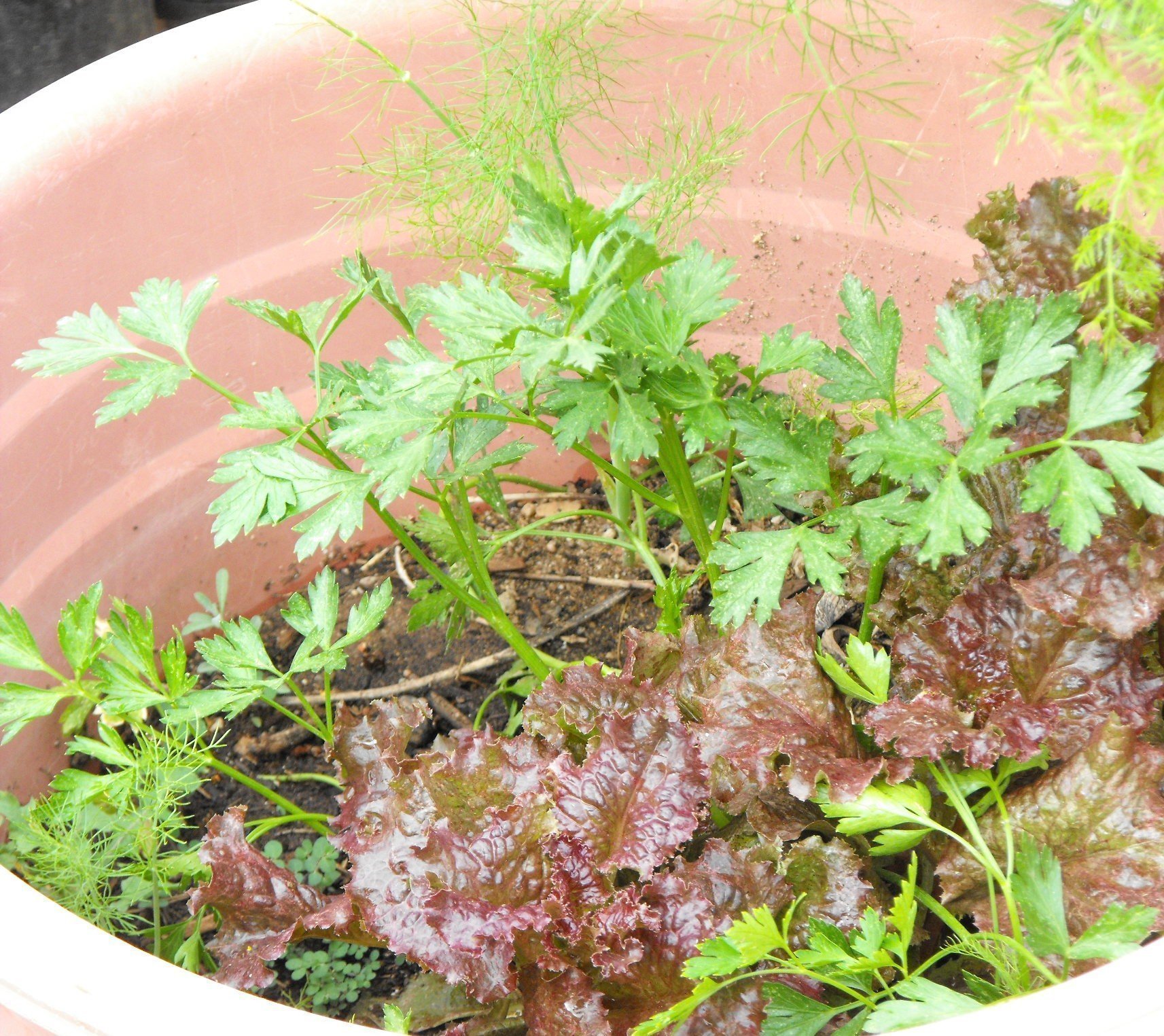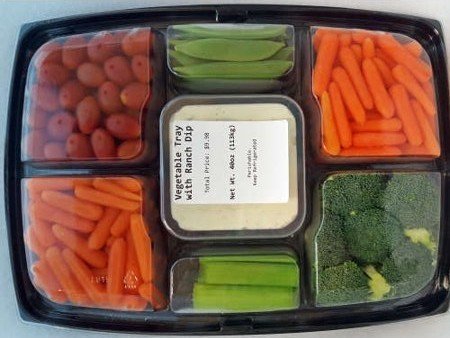INGREDIENTS
This is what you need:
- celery seeds
- a cool shaded spot
many dates
Celery (Apium graveolens) is a marshland plant that has been cultivated as a vegetable since antiquity. Celery has a long fibrous stalk tapering into leaves. Depending on location and cultivar, either its stalks, leaves or hypocotyl are eaten and used in cooking. Celery seed is also used as a spice and its extracts have been used in herbal medicine.
The plants are raised from seed, sown either in a hot bed or in the open garden according to the season of the year, and, after one or two thinnings and transplantings, they are, on attaining a height of 15–20 cm (5.9–7.9 in), planted out in deep trenches for convenience of blanching, which is effected by earthing up to exclude light from the stems. In the past, celery was grown as a vegetable for winter and early spring; it was perceived as a cleansing tonic, welcomed to counter the deficiencies of a winter diet based on salted meats without fresh vegetables. By the 19th century, the season for celery had been extended, to last from the beginning of September to late in April.[12]
In North America, commercial production of celery is dominated by the cultivar called 'Pascal' celery. Gardeners can grow a range of cultivars, many of which differ from the wild species, mainly in having stouter leaf stems. The stalks grow in tight, straight, parallel bunches, and are typically marketed fresh that way, without roots and just a little green leaf remaining. The stalks are eaten raw, or as an ingredient in salads, or as a flavoring in soups, stews, and pot roasts.
Celery is eaten around the world as a vegetable. The leaves are strongly flavored and are used less often, either as a flavoring in soups and stews or as a dried herb.
Celery seeds can be ground and mixed with salt, to produce celery salt. Celery salt can be made from an extract of the roots or using dried leaves. Celery salt is used as a seasoning, in cocktails (notably to enhance the flavor of Bloody Mary cocktails), on the Chicago-style hot dog, and in Old Bay Seasoning.
MY COMMENTS:
Celery is a temperate environment plant. As a result, I have had considerable difficulty growing it to maturity here in the NM desert. They take a long time to germinate and do best when sheltered by other plants like lettuces. However, I have not been able to keep them through the summer months.
Celery can be regrown from the bottom part. I have been able to get the regrowing started, but again, never been able to grow them to maturity.
I use celery quite often in my cooking, especially for soups.
This is what you need:
 Pic1: celery, reddina lettuce seedlings
Pic1: celery, reddina lettuce seedlings
 Pic2: cutting celery for soup — 2019-10-11
Pic2: cutting celery for soup — 2019-10-11201911-29
Raw celery is often included in raw veggie plates, the one in the picture below together with broccoli florets, cherry tomatoes, sugar snap peas, baby carrots and of course the obligatory dip sauce.
Generally the fillings with stronger flavors that overpower the celery flavor seem to be better appreciated than the ones that leave the celery dominant. Like: OK, it's celery, we don't really like it and we don't wanna taste it, much.
With a different type of filling, celery sticks can also be roasted or baked.
This is what you need for each serving:
 Pic5: raw veggie tray
Pic5: raw veggie tray
 Pic6: celery sticks
Pic6: celery sticksThe stuffings for picture 8, clockwise, starting with the speckled piece at the bottom.
 Pic9: peanut butter
Pic9: peanut butter